-
 bitcoin
bitcoin $122090.672462 USD
1.59% -
 ethereum
ethereum $4493.758974 USD
0.56% -
 xrp
xrp $3.033145 USD
0.65% -
 tether
tether $1.000629 USD
0.00% -
 bnb
bnb $1169.854250 USD
7.07% -
 solana
solana $230.954786 USD
-0.19% -
 usd-coin
usd-coin $0.999785 USD
0.00% -
 dogecoin
dogecoin $0.256108 USD
-1.12% -
 tron
tron $0.342333 USD
-0.12% -
 cardano
cardano $0.859632 USD
-0.10% -
 hyperliquid
hyperliquid $48.932146 USD
-2.25% -
 chainlink
chainlink $22.345466 USD
-1.29% -
 ethena-usde
ethena-usde $1.000217 USD
-0.03% -
 avalanche
avalanche $31.203456 USD
1.93% -
 sui
sui $3.579145 USD
1.05%
What should I do if the RSI indicator becomes blunt?
RSI can appear ineffective in strong crypto trends, but combining it with divergence, volume, and price action improves accuracy in timing entries and exits.
Sep 17, 2025 at 03:55 am
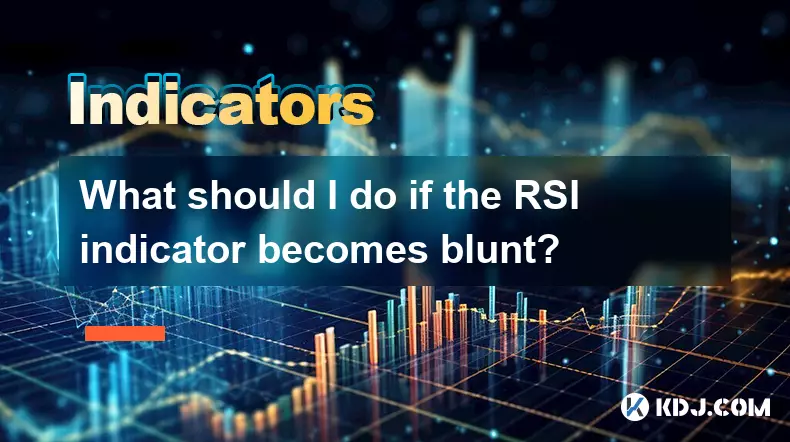
Understanding When RSI Loses Effectiveness
1. The Relative Strength Index (RSI) is a momentum oscillator widely used in cryptocurrency trading to measure the speed and change of price movements. It typically ranges from 0 to 100, with levels above 70 indicating overbought conditions and below 30 suggesting oversold zones. However, in strong trending markets, especially within the volatile crypto space, RSI can remain in overbought or oversold territory for extended periods, leading traders to perceive it as 'blunt' or ineffective.
2. This phenomenon often occurs during parabolic rallies or steep sell-offs, where momentum defies traditional indicators. For instance, during a bull run in Bitcoin, RSI may stay above 70 for days, misleading traders who rely solely on it to time reversals. In such cases, interpreting RSI in isolation can result in premature entries or exits.
3. The core issue lies in the assumption that overbought always means 'sell' and oversold means 'buy.' In trending crypto markets, these signals can be misleading. The indicator was designed for range-bound environments, not for assets that exhibit strong directional momentum over long durations.
4. Traders must recognize that RSI is not broken—it's simply being applied in a context where its traditional interpretation doesn't align with market dynamics. The key is not to discard the tool but to refine its usage based on market structure and additional confirmation signals.
Strategies to Adapt When RSI Appears Blunt
1. Shift focus from absolute RSI levels to divergence patterns. Bullish divergence occurs when price makes a lower low while RSI forms a higher low, signaling potential upward reversal. Conversely, bearish divergence happens when price reaches a higher high but RSI shows a lower high, indicating weakening momentum. These patterns often provide more reliable signals than overbought/oversold readings alone.
2. Adjust the RSI period from the default 14 to a higher value like 21 or 28. A longer period smooths out volatility and reduces false signals, making RSI more responsive in trending environments. This adjustment helps filter out noise common in low-cap altcoins or during high-impact news events.
3. Combine RSI with trend-following tools such as moving averages or the Average Directional Index (ADX). When ADX shows a strong trend (above 25), RSI overbought/oversold levels can be reinterpreted as continuation signals rather than reversal points. For example, in an uptrend confirmed by a 50-day EMA, an RSI dip to 40 might present a buying opportunity instead of a sell signal.
4. Use RSI in conjunction with volume analysis. A drop in RSI accompanied by declining volume during a pullback suggests weak selling pressure, supporting the idea that the trend remains intact. Conversely, a sharp RSI decline on high volume may indicate genuine distribution and a higher probability of reversal.
Integrating Price Action with RSI Signals
1. Focus on key support and resistance levels in combination with RSI readings. If price approaches a well-established resistance zone and RSI hits 75 or higher, the confluence increases the likelihood of a pullback. Similarly, a test of major support with RSI near 25 strengthens the case for a bounce.
2. Monitor candlestick patterns when RSI appears stuck. A bullish engulfing or hammer formation at an oversold RSI level in a downtrend can signal exhaustion. In fast-moving crypto markets, these patterns often precede sharp reversals, especially when aligned with RSI divergence.
3. Track RSI behavior across multiple timeframes. While the daily RSI may be overbought, the 4-hour chart could show a bearish crossover or hidden bullish divergence. Multi-timeframe analysis helps contextualize whether the 'blunt' reading is part of a larger trend or an isolated signal.
4. Incorporate on-chain data for confirmation. For example, if RSI is overbought but exchange outflows and long-term holder accumulation are rising, the rally may have further room to run. Metrics like MVRV ratio or NUPL can complement RSI by providing fundamental context behind price action.
Frequently Asked Questions
Can RSI be used effectively in sideways crypto markets?Yes, RSI performs best in ranging markets where price oscillates between clear support and resistance levels. In such environments, overbought and oversold signals tend to be more accurate for short-term reversals.
What is the ideal RSI setting for day trading cryptocurrencies?Many day traders use a 9-period RSI for increased sensitivity. This setting reacts faster to price changes, making it suitable for scalping or intraday strategies on assets like Ethereum or Solana.
Does RSI work well with leveraged tokens or futures?Extreme caution is advised. Leveraged instruments amplify volatility, causing RSI to swing rapidly between extremes. Using RSI in isolation on 3x long or short tokens can lead to whipsaws. Combining it with volatility bands or funding rate analysis improves reliability.
How can I tell if RSI is giving a false signal?False signals often occur without confirmation from price structure or volume. If RSI shows overbought but price is making higher highs on increasing volume, the uptrend is likely intact. Always assess the broader context before acting on RSI readings.
Disclaimer:info@kdj.com
The information provided is not trading advice. kdj.com does not assume any responsibility for any investments made based on the information provided in this article. Cryptocurrencies are highly volatile and it is highly recommended that you invest with caution after thorough research!
If you believe that the content used on this website infringes your copyright, please contact us immediately (info@kdj.com) and we will delete it promptly.
- BlockDAG, DOGE, HYPE Sponsorship: Crypto Trends Shaping 2025
- 2025-10-01 00:25:13
- Deutsche Börse and Circle: A StableCoin Adoption Powerhouse in Europe
- 2025-10-01 00:25:13
- BlockDAG's Presale Buzz: Is It the Crypto to Watch in October 2025?
- 2025-10-01 00:30:13
- Bitcoin, Crypto, and IQ: When Genius Meets Digital Gold?
- 2025-10-01 00:30:13
- Stablecoins, American Innovation, and Wallet Tokens: The Next Frontier
- 2025-10-01 00:35:12
- NBU, Coins, and Crypto in Ukraine: A New Yorker's Take
- 2025-10-01 00:45:14
Related knowledge
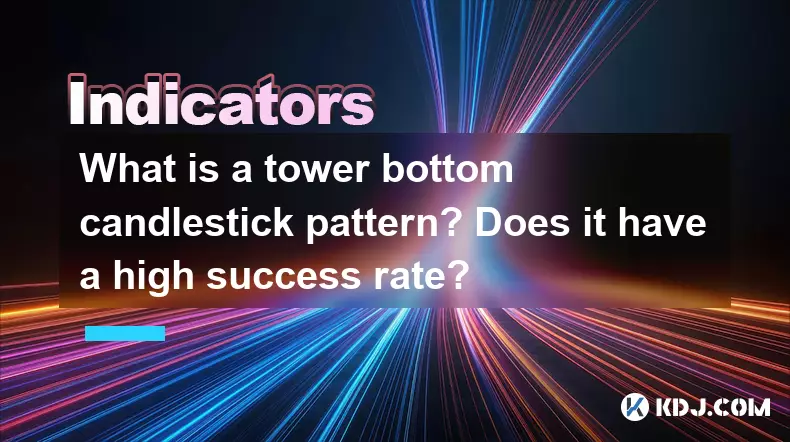
What is a tower bottom candlestick pattern? Does it have a high success rate?
Sep 22,2025 at 07:18am
Tower Bottom Candlestick Pattern Explained1. The tower bottom candlestick pattern is a reversal formation that typically appears at the end of a downt...
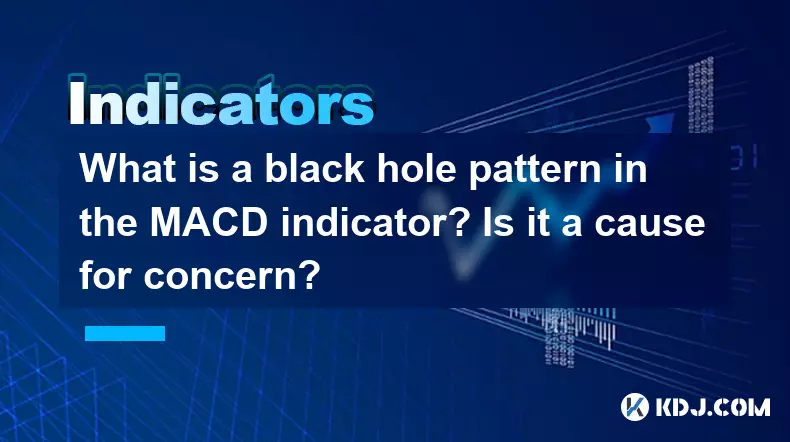
What is a black hole pattern in the MACD indicator? Is it a cause for concern?
Sep 21,2025 at 06:54pm
Bitcoin's Role in Decentralized Finance1. Bitcoin remains the cornerstone of decentralized finance, serving as a benchmark for value and security acro...

How can I use the psychological line (PSY) to determine market sentiment?
Sep 17,2025 at 02:19pm
Understanding the Psychological Line (PSY) in Cryptocurrency TradingThe Psychological Line, commonly referred to as PSY, is a momentum oscillator used...
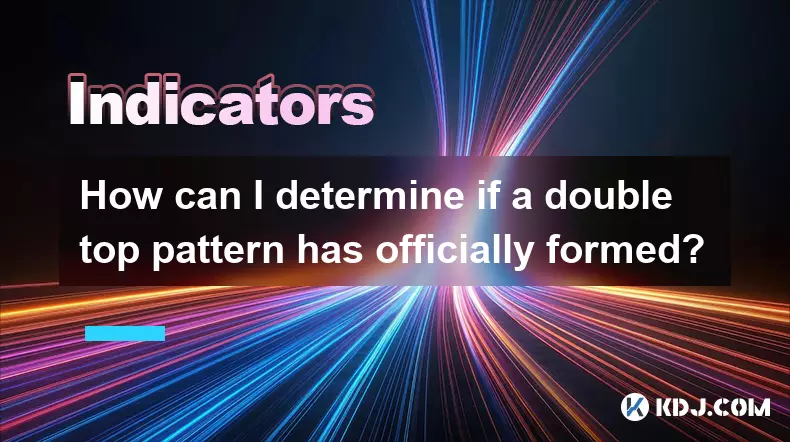
How can I determine if a double top pattern has officially formed?
Sep 21,2025 at 03:18am
Understanding the Structure of a Double Top Pattern1. A double top pattern consists of two distinct peaks that reach approximately the same price leve...
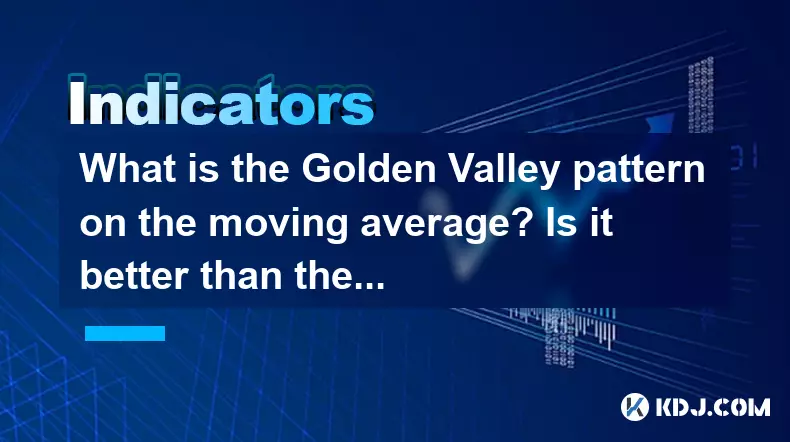
What is the Golden Valley pattern on the moving average? Is it better than the Silver Valley pattern?
Sep 21,2025 at 02:54pm
Understanding the Golden Valley Pattern in Moving Averages1. The Golden Valley pattern is a technical formation observed in cryptocurrency price chart...

What does a death cross of the RSI in the strong zone (above 50) mean?
Sep 17,2025 at 10:54pm
Understanding the Death Cross in RSI Context1. The term 'death cross' is traditionally associated with moving averages, where a short-term average cro...

What is a tower bottom candlestick pattern? Does it have a high success rate?
Sep 22,2025 at 07:18am
Tower Bottom Candlestick Pattern Explained1. The tower bottom candlestick pattern is a reversal formation that typically appears at the end of a downt...

What is a black hole pattern in the MACD indicator? Is it a cause for concern?
Sep 21,2025 at 06:54pm
Bitcoin's Role in Decentralized Finance1. Bitcoin remains the cornerstone of decentralized finance, serving as a benchmark for value and security acro...

How can I use the psychological line (PSY) to determine market sentiment?
Sep 17,2025 at 02:19pm
Understanding the Psychological Line (PSY) in Cryptocurrency TradingThe Psychological Line, commonly referred to as PSY, is a momentum oscillator used...

How can I determine if a double top pattern has officially formed?
Sep 21,2025 at 03:18am
Understanding the Structure of a Double Top Pattern1. A double top pattern consists of two distinct peaks that reach approximately the same price leve...

What is the Golden Valley pattern on the moving average? Is it better than the Silver Valley pattern?
Sep 21,2025 at 02:54pm
Understanding the Golden Valley Pattern in Moving Averages1. The Golden Valley pattern is a technical formation observed in cryptocurrency price chart...

What does a death cross of the RSI in the strong zone (above 50) mean?
Sep 17,2025 at 10:54pm
Understanding the Death Cross in RSI Context1. The term 'death cross' is traditionally associated with moving averages, where a short-term average cro...
See all articles










































































